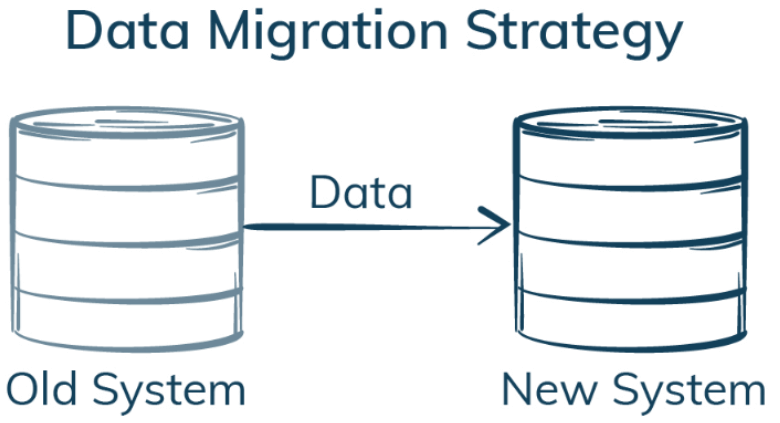How Data Migration Strategies have changed in recent times

Information is a valuable asset for any company, and the data must be transferred from time to time to improve database performance, update versions, cut expenses, or implement security measures. However, what exactly is data migration?
This procedure involves moving data from one system to another, and it frequently occurs at times of transition, such as when a new application is installed, when the mode or storage media is changed, or when database maintenance is required. corporate information.
Modern Strategies for Data Migration
Data migration strategies today are not the same as they were a few years ago. One of the distinguishing elements of this distinction, despite encapsulating a resounding logic, is one of the most stunning. ETL processes are no longer the only focus of data migration. Although these are still required since they allow informational assets to be transferred from one location to another, migration nowadays focuses on two separate elements: integration and planning.
Data is in high demand, as businesses attempt to gain a better understanding of their business, market trends, competitors, and customers. To get that level of knowledge and expand on it, a strategic approach to data integration is required.
However, just as data migration techniques cannot be viewed as a simple transfer of data from point A to point B, nor should it be assumed that the transferred data will fit effortlessly into the new system, neither should integration be viewed as a time-consuming activity.
When planning a data migration, care should be taken to:
- Ensure data quality.
- Do not focus exclusively on business processes, but on the data behind each of them.
- Have a strong approach to data governance.
- Worry about prioritizing issues related to data integration.
The new data transfer integration technologies are clearly strategic in nature. They offer application consolidation, data quality and profiling, as well as metadata and master data management functions in addition to data integration. Because of their limitations, ETL technologies do not go far enough to accommodate innovative data migration methodologies.
- Automation in data cleaning issues.
- Data matching options.
- Error control features.
- Performance monitoring.
All of these complementing activities, which are inextricably linked to data migration strategies, were formerly carried out manually. However, taking care of all of these details by hand has a number of disadvantages, including:
- Increase in failures.
- Greater labor intensity.
- Increased probability of experiencing delays in the data migration project.
- Increase in the total cost of the initiative.
The best method to deal with a pressing issue, such as data integration in a migration context, is to gamble on:
- A good design is one that is founded on a knowledge of data flows.
- A correct technology decision, for which it is critical to understand the process requirements.
- Enough security guarantees.
- Data governance is important.
- Monitoring mechanisms that are appropriate.
Data migration plans necessitate more in-depth planning than ever before, but they are more supported than ever before in shifting your most valuable corporate asset and promoting information performance and productivity in your new location.




